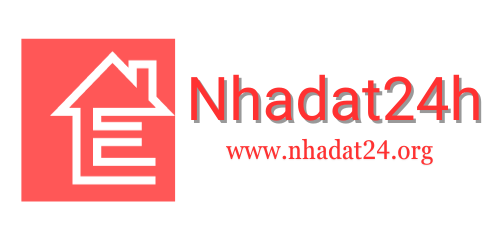250đ
Super Trader App Real Or Fake-{BEST REVIEW BY CUSTOMERS}-The Future of AI Trading: How Super Trader App Gives You a Competitive Edge!
The Future of Trading: Exploring the Features of the Super Trader App Introduction to the Future of Trading The world of trading has undergone a […]

